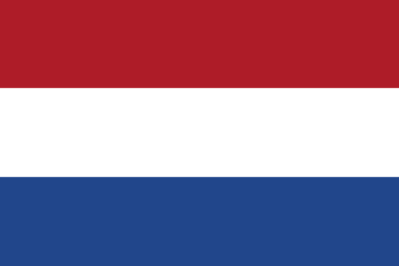World
Black Face In The Netherlands

The usage of blackface is offensive and has been seen all throughout the world, including the Netherlands. An example of this is the common habit of non-black individuals painting their faces black and emphasizing their African characteristics to portray black people as stereotypes. The holiday season sees a proliferation of performances, parades, and festivals that feature this custom. Blackface has a sad past steeped in racism and prejudice, despite the fact that many people now consider it as harmless fun.
The use of blackface in the Netherlands dates back to the nineteenth century. It originated as a kind of entertainment, with white performers performing in plays, music halls, and circuses while dressed as stereotypical black characters. Exaggerated characteristics like large lips, broad noses, and frizzy hair were commonplace in the cartoons’ depictions of the characters. These perpetuated damaging assumptions that had been used to rationalize slavery and colonialism, such as that they were all stupid and lazy like children.
From the beginning of the 20th century, the Dutch have increasingly celebrated the festival of Sinterklaas in blackface. In the Netherlands, people celebrate Sinterklaas, a Christian saint who is claimed to bring gifts to children on his feast day of December 5. Sinterklaas and his assistants, known as Zwarte Piet or Black Pete, arrive in the Netherlands via boat as part of a festive parade.
Many people find it offensive as Zwarte Piet is frequently shown in blackface, with exaggerated African characteristics, and consider him to be a racist caricature. The Dutch government has maintained its defense of the custom, maintaining that it is a major aspect of Dutch culture and is harmless to children.
Several people of color and their supporters have argued for years that the custom of Black Pete should be discontinued. Black Pete represents the colonial history and ongoing persecution against black people in the Netherlands. The caricature promotes the view that black people are deserving of ridicule because they conform to negative stereotypes.
Blackface is a kind of racism that is extremely harmful and repulsive to black people. It helps perpetuate negative preconceptions and adds to the dehumanization of black people. In today’s world, which places such a high priority on diversity and humanity, blackface has no place. We must acknowledge the damage it does and strive for a society that values diversity and mutual respect.
Efforts to combat Black Pete have made considerable headway in recent years in the Netherlands. In several municipalities in the Netherlands, the character’s name has been changed and/or the blackface makeup has been removed. Even though there has been progress in recent years, more work still to be done to combat the systemic racism that sustains the custom.
In sum, the history of blackface in the Netherlands is a sobering reminder of the country’s colonial past and the persecution black people continue to suffer to this day. Wearing a blackface mask normalizes negative prejudices and leads to the dehumanization of black people.












You must be logged in to post a comment Login